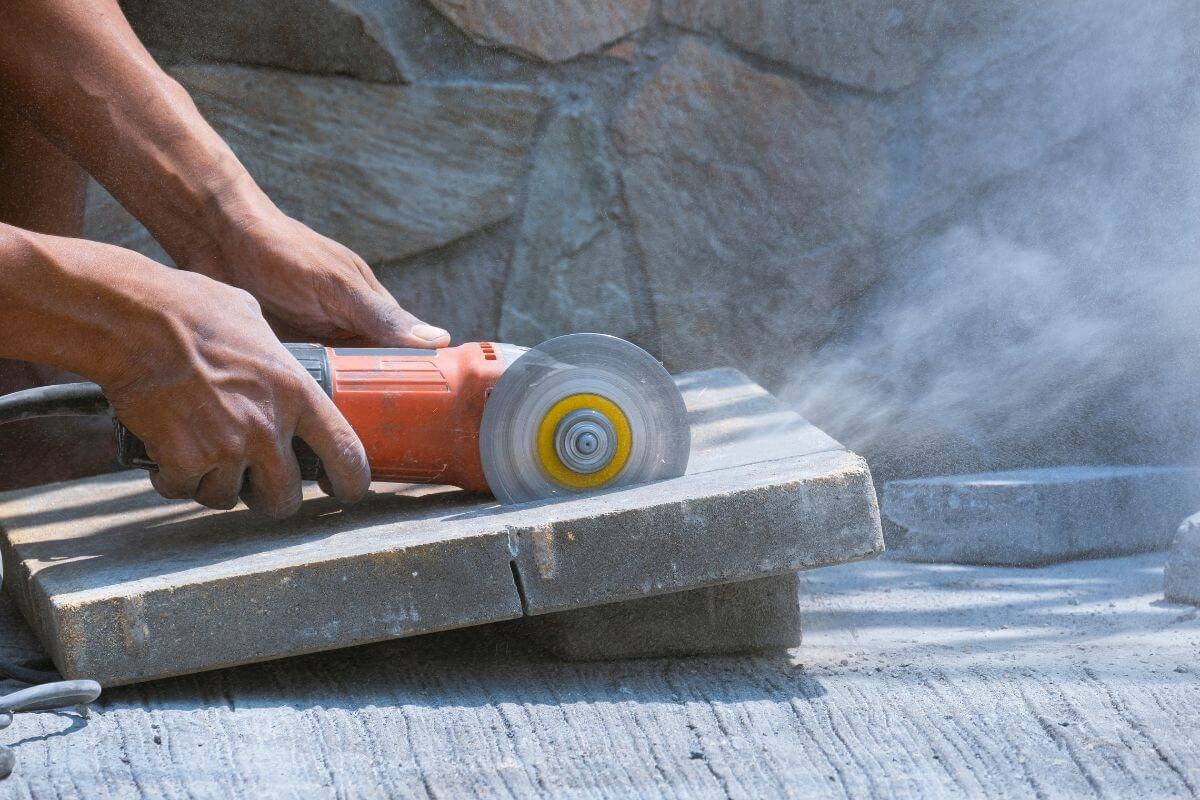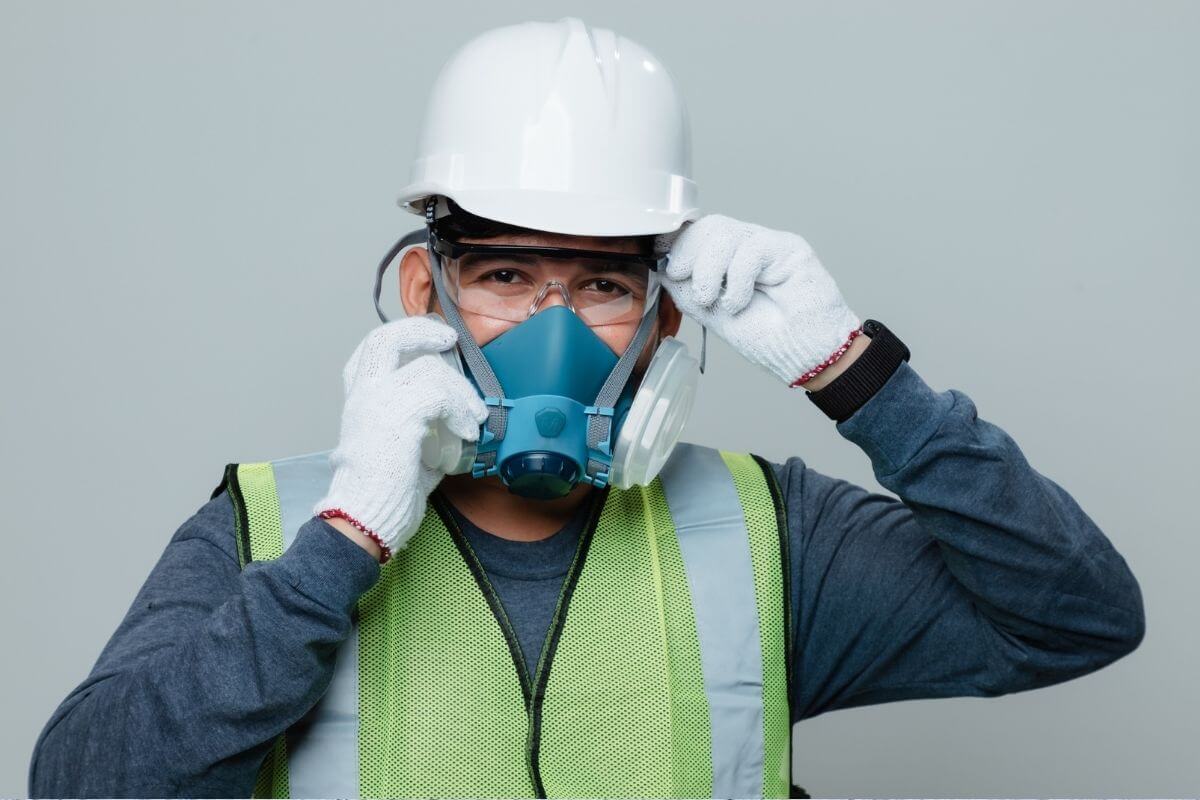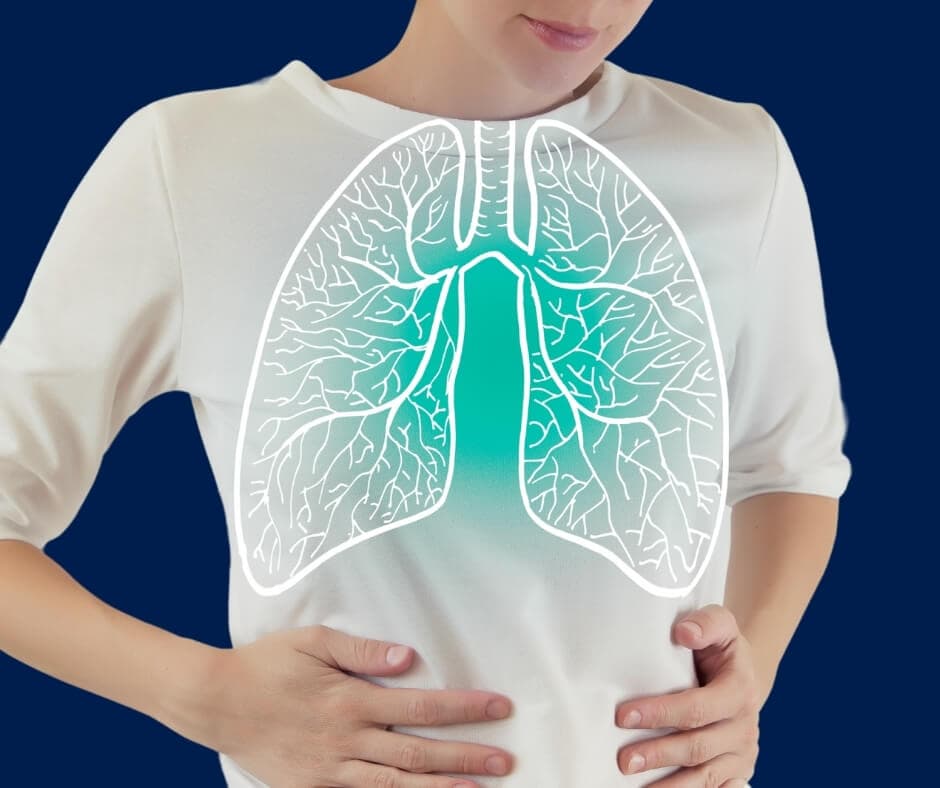Most people know that smoking can cause lung cancer, but fewer are aware of the risks linked to silica dust.
Silica dust is found in many Australian workplaces, including construction, mining, and stonemasonry. When inhaled, it can reach deep into the lungs and cause long-term damage. Over time, this exposure may lead to serious respiratory conditions, including lung cancer, even in non-smokers.
This article explores how silica dust affects the lungs, who may be at risk, and how understanding your exposure history can support your overall health.
What is silica and why is it dangerous?
Silica is a naturally occurring mineral found in materials like stone, sand, concrete, and bricks. It’s a common part of many worksites, especially in construction and manufacturing. When these materials are cut, drilled, or ground, tiny particles of silica dust are released into the air. These particles are so small that they can be breathed in without noticing.
Once inside the lungs, silica dust doesn’t break down or dissolve like ordinary dust. Instead, it can stay in the lungs for years, causing gradual changes. Long-term exposure has been linked to a range of respiratory conditions, including silicosis, chronic obstructive pulmonary disease (COPD), emphysema, and lung cancer. While these illnesses don’t develop overnight, repeated exposure over months or years increases the risk.
Understanding the risks and how silica exposure can occur is an important step in protecting respiratory health.
How does silica dust cause lung cancer?
When tiny silica particles are inhaled, they travel deep into the lungs, where the body tries to remove them. The immune system sends cells to break down the dust, but instead of clearing it out, these cells can release chemicals that cause inflammation. With ongoing exposure, this may lead to scarring and hardening of lung tissue, which can make breathing more difficult over time.
Scientists and health authorities, including Cancer Council Australia, Safe Work Australia, and the World Health Organisation, have identified long-term exposure to silica dust as a potential risk factor for developing lung cancer.
The International Agency for Research on Cancer (IARC) classifies crystalline silica as a known human carcinogen.
According to the Cancer Council Australia, an estimated 230 people are diagnosed with lung cancer each year in Australia due to past workplace exposure to silica dust.
Higher and longer exposure levels are associated with increased risk, particularly where proper safety controls are not in place. Even short-term exposure to high concentrations of silica dust, such as during uncontrolled cutting or grinding, may also present a health risk.
Research also suggests that combined exposure to silica dust and smoking may further elevate the overall risk to lung health.

Who is at risk of silica-related lung cancer?
Silica dust is found in many industries, but some workers are exposed to it far more than others. Jobs that involve cutting, grinding, drilling, or demolishing materials like stone, concrete, or brick come with the highest risk.
Workers most likely to be exposed include:
- Stonemasons working with engineered stone benchtops.
- Construction workers cutting or grinding concrete, bricks, tiles, and mortar.
- Miners and quarry workers exposed to crushed rock and dust.
- Manufacturing workers making glass, ceramics, or working in foundries.
- Demolition workers tearing down old buildings containing silica-based materials.
Even if you’re no longer in one of these roles, understanding your past work environments and potential exposure to dust can be useful when speaking with a healthcare professional.
Silica exposure and lung health: What to watch for
Because silica-related illnesses can take years to develop, some people may not immediately associate their symptoms with earlier workplace exposure. In some cases, other risk factors like smoking, family history, or general health conditions may be considered first.
Common respiratory symptoms to be aware of include:
- A persistent cough
- Shortness of breath, even with mild activity
- Chest pain or discomfort
- Unexplained weight loss or fatigue
- Coughing up blood
These symptoms do not always indicate a serious condition — but they should never be ignored. If you’ve worked in an environment with airborne dust, it’s important to discuss your full work history with your doctor. This context may help guide appropriate health assessments or referrals.
Repeated exposure to fine silica dust, even in small amounts, may contribute to long-term lung changes.
Understanding your own exposure history can support early detection and better health outcomes.
What safety measures should workplaces take?
Workplace safety laws in Australia require employers to take reasonable steps to protect workers from silica dust.
To help reduce the risk of exposure, Safe Work Australia recommends:
- Using water suppression when cutting or grinding materials.
- Ventilation and dust extraction to remove airborne silica.
- Providing P2 masks or respirators in high-risk areas.
- Routine lung health checks for exposed workers.

Looking after your health
If you’ve worked in an industry where silica dust exposure was likely, and you’re experiencing respiratory symptoms, it’s important to speak with your doctor. Sharing your work history can help guide appropriate medical investigations and support your ongoing health care.
Early detection and regular health checks are key to protecting lung health, especially for those who have worked in high-risk environments over time.

